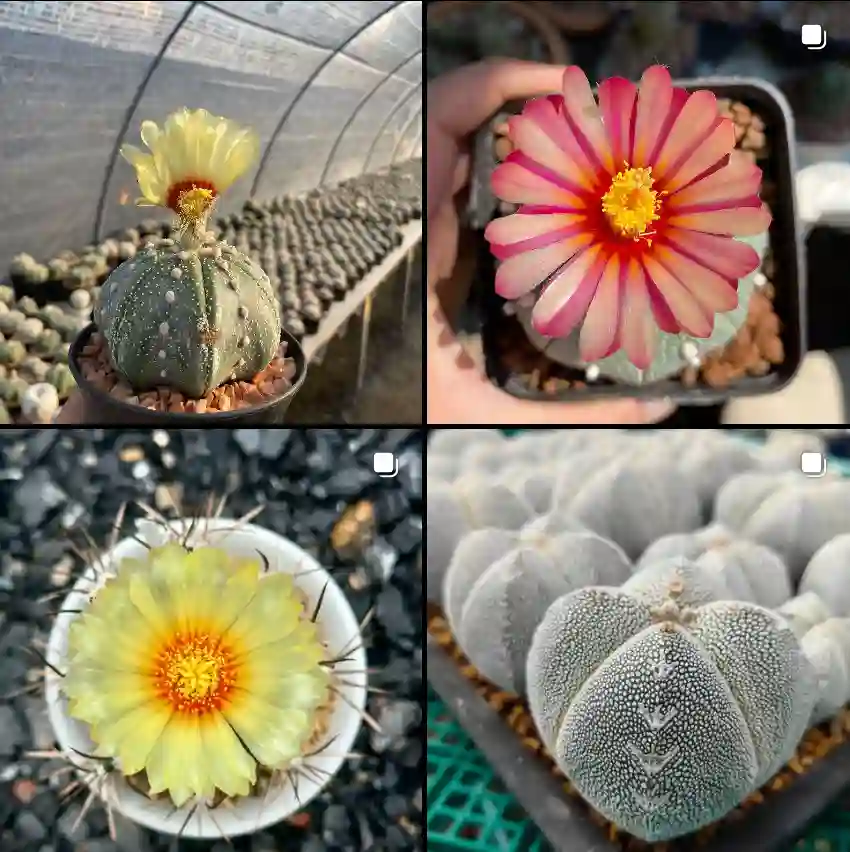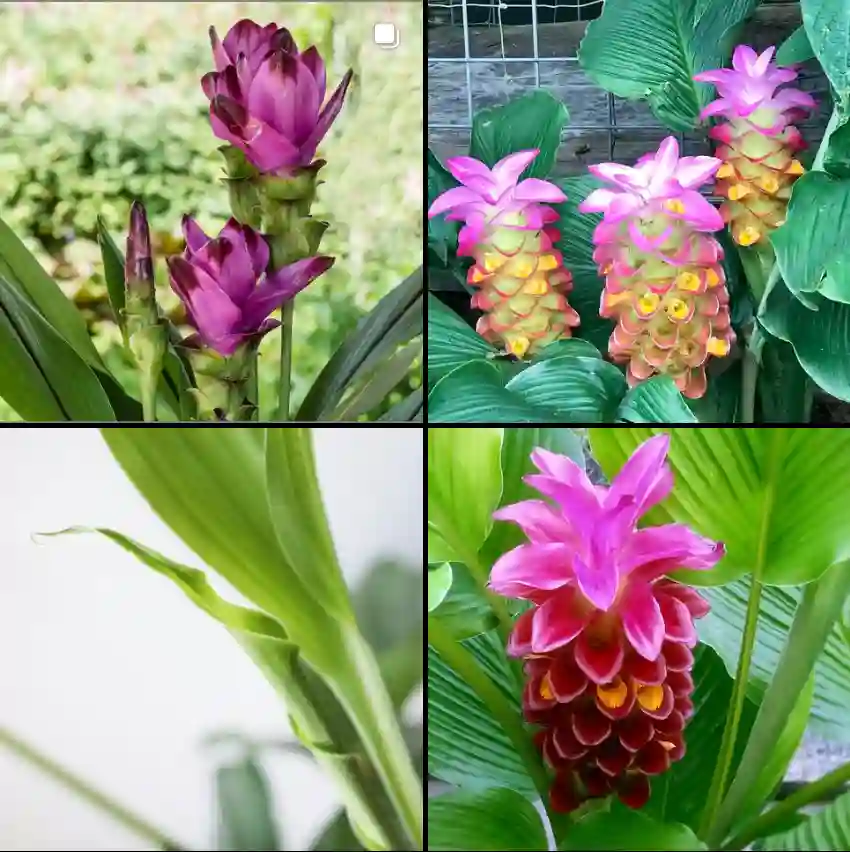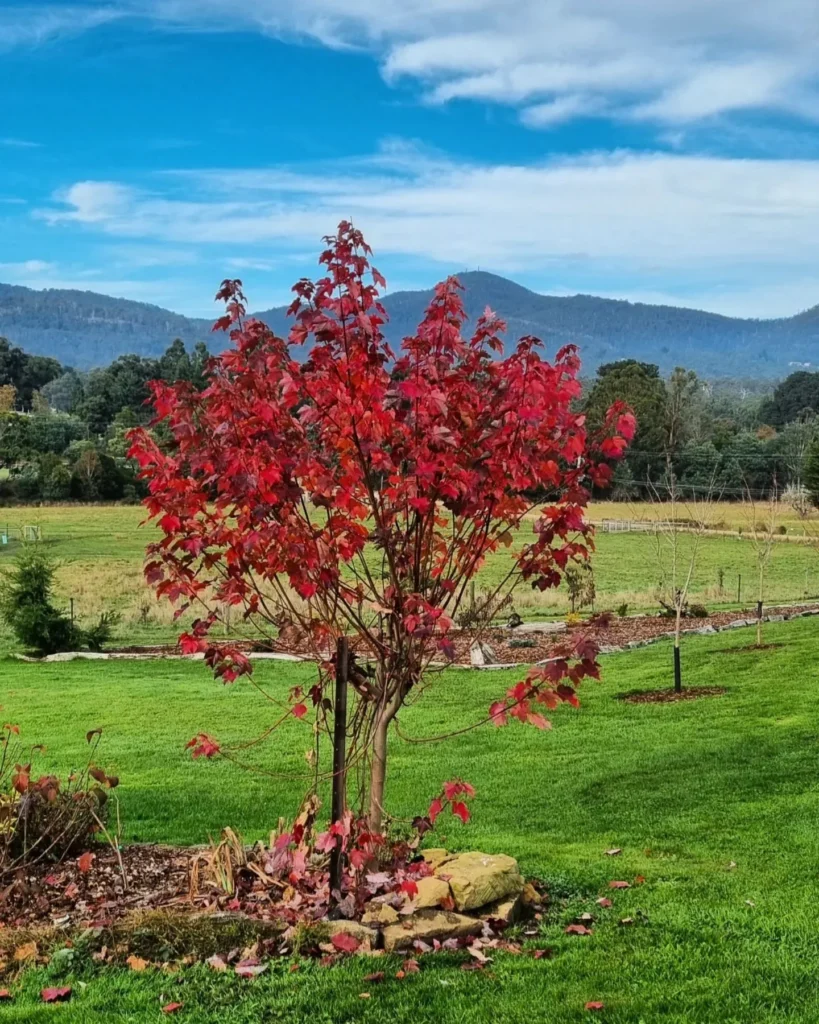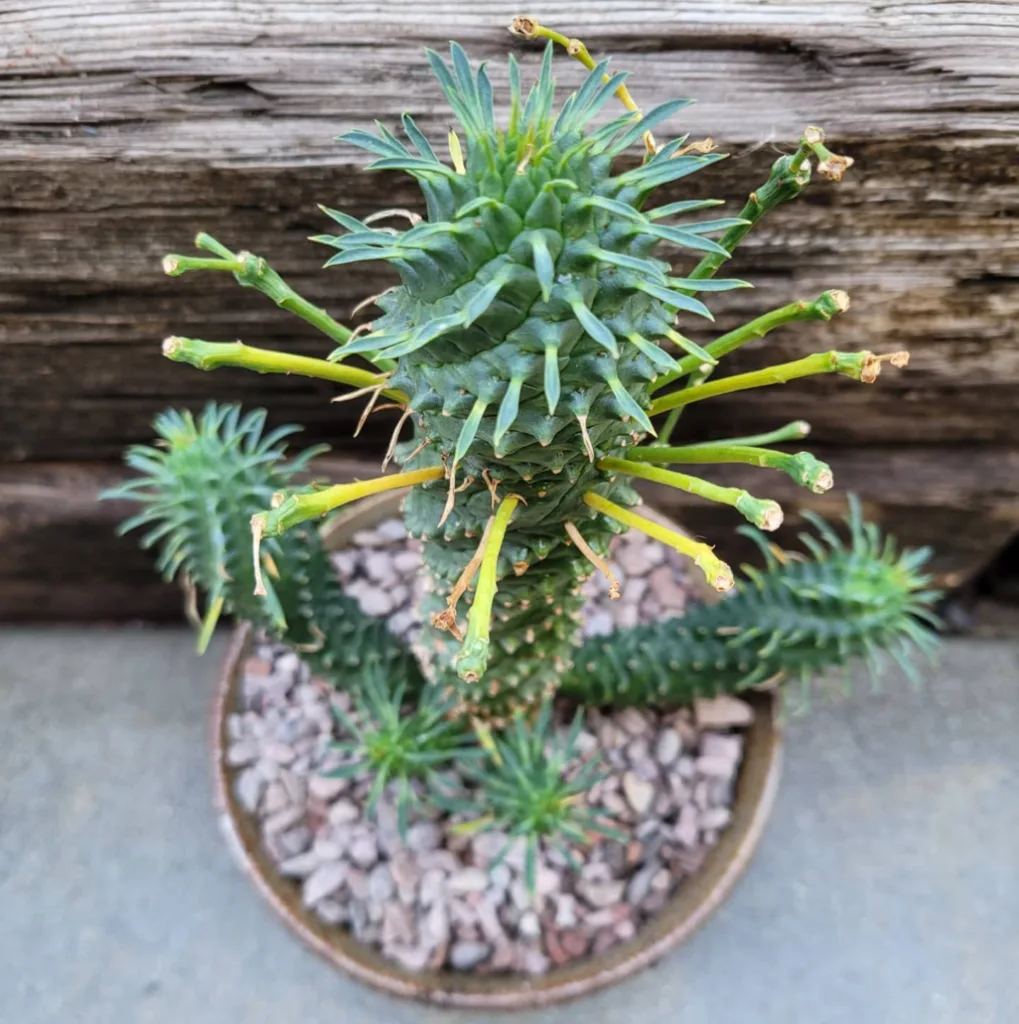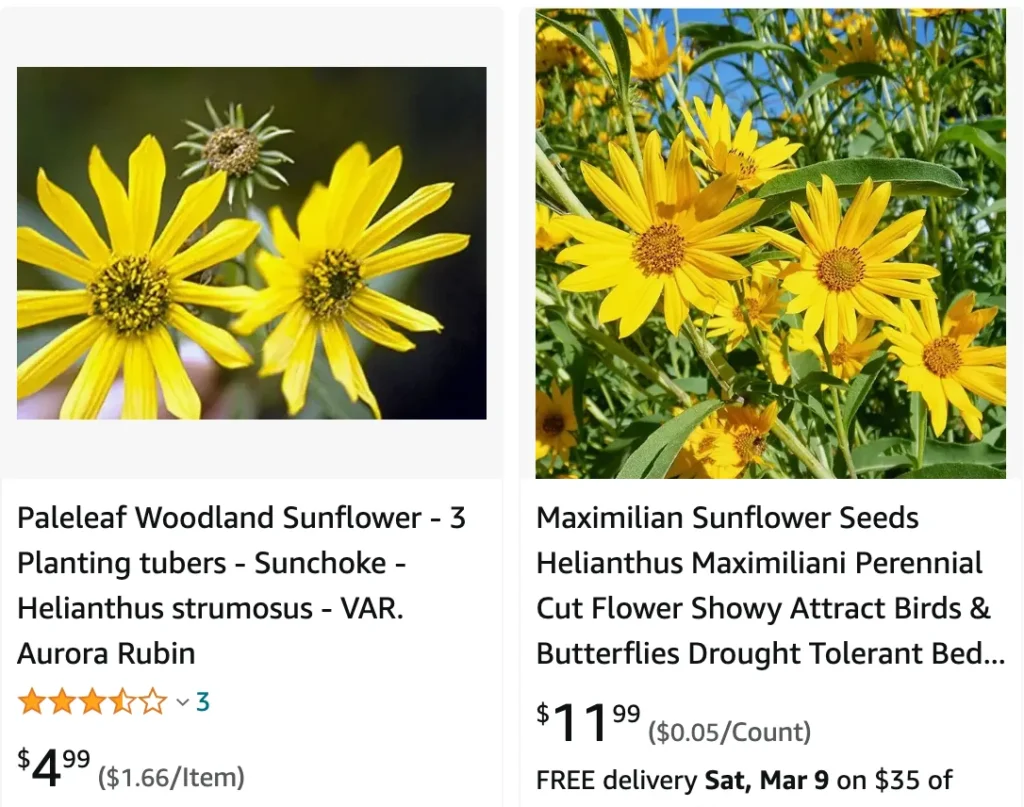
Helianthus Strumosus: A Burst of Sunshine in Your Garden
There’s a certain magic to sunflowers. Their bright, happy faces seem to follow the sun, radiating warmth and cheer. But the classic giant sunflower isn’t the only option for your garden. Helianthus strumosus, the pale-leaf woodland sunflower, offers a charming alternative with its smaller stature and delicate beauty.
Over the past few years, I’ve been captivated by this native North American wildflower. Its cheerful yellow blooms and adaptability to various conditions make it a welcome addition to any garden. Here’s what I’ve learned about Helianthus strumosus, from planting and care to the perfect companions for this delightful perennial.
66 Species in Genus Helianthus
Helianthus Strumosus vs Helianthus Divaricatus
I’ve found Helianthus strumosus to be more resilient and forgiving in my garden compared to Helianthus divaricatus, which seemed to need more care and had less vigorous growth for me.
Where Does Helianthus Strumosus Thrive?
Unlike its towering cousin, Helianthus strumosus prefers a spot with dappled sunlight or part shade. This makes it ideal for those areas under taller trees or in borders that receive morning sun but afternoon shade. While it tolerates full sun, the blooms may not last as long in the intense heat.
In terms of soil, Helianthus strumosus isn’t fussy. Average, well-drained soil is all it needs. Sandy or loamy soils are ideal, but it can adapt to clay soils with proper drainage. Remember, sunflowers dislike soggy roots, so ensure the planting area allows excess water to drain freely.
How to plant Helianthus Strumosus?
Planting Helianthus strumosus is a breeze. You can either sow seeds directly in the garden in early spring after the danger of frost has passed, or start them indoors a few weeks earlier for a head start.
For direct sowing, choose a spot that meets the sun and soil requirements. Scatter seeds thinly and cover them lightly with soil. Water gently and keep the area moist until germination, which usually takes about two weeks.
If starting indoors, use a seed tray with good drainage and a quality seed starting mix. Sow seeds at a depth of about ¼ inch and keep them moist but not soggy. Place the tray in a sunny location and provide warmth (around 70°F). Once seedlings emerge and develop a few sets of true leaves, harden them off for a week before transplanting outdoors.
How to Care for Helianthus Strumosus?
Helianthus strumosus is a low-maintenance plant that rewards with minimal effort. Here’s what it needs to thrive:
- Watering: Water regularly, especially during the first growing season, to establish a strong root system. Once mature, Helianthus strumosus is fairly drought-tolerant and only needs occasional watering during prolonged dry spells.
- Fertilizing: This sunflower isn’t a heavy feeder. A light application of a balanced fertilizer in early spring is sufficient. You can also opt for compost as a natural source of nutrients.
- Deadheading: To encourage continuous blooming, deadhead spent flowers by pinching them off just below the flower head. This will prevent seed formation and prompt the plant to produce more blooms.
How to Propagate Helianthus Strumosus?
There are two main ways to propagate Helianthus strumosus: by seed and by division.
Seed propagation is the simplest method. Simply collect mature seeds in late fall and store them in a cool, dry place until spring planting.
Division is another effective way to increase your stock of Helianthus strumosus. In early spring or fall, carefully dig up a mature clump and use a sharp spade to divide it into several sections, each with healthy roots and shoots. Replant the divisions immediately, water well, and keep them mulched for the first season.
What to Plant with Helianthus Strumosus?
Helianthus strumosus plays well with others! Its cheerful yellow blooms pair beautifully with a variety of flowering companions. Here are a few ideas:
- Perennials: Purple coneflower (Echinacea purpurea), lavender (Lavandula spp.), bee balm (Monarda didyma), and columbine (Aquilegia canadensis) create a stunning color contrast.
- Grasses: Ornamental grasses like maiden grass (Miscanthus sinensis) and switchgrass (Panicum virgatum) add texture and movement to the border.
- Low-growing plants: Creeping phlox (Phlox subulata) and creeping thyme (Thymus praecox) create a colorful carpet at the base of the Helianthus strumosus.
Helianthus Strumosus: A Gardener’s Delight
Helianthus strumosus offers a delightful alternative to the classic sunflower. Its smaller size makes it perfect for smaller gardens, and its adaptable nature ensures easy care. With its cheerful blooms and ability to attract pollinators, Helianthus strumosus is sure to become a favorite addition to your garden. So, why not give this charming wildflower a try and bring a burst of sunshine to your space?
If i die, water my plants!
